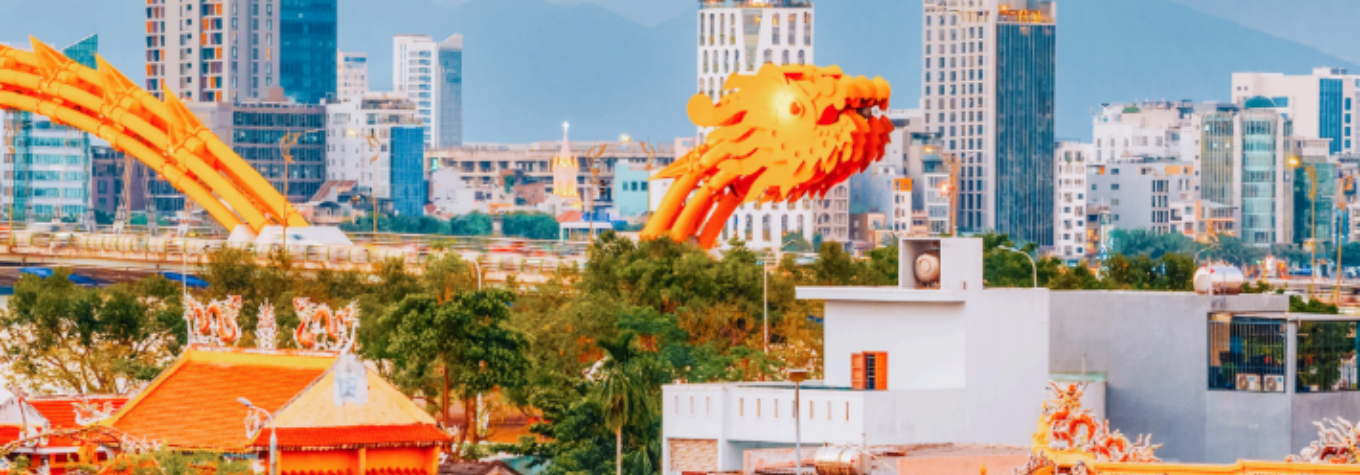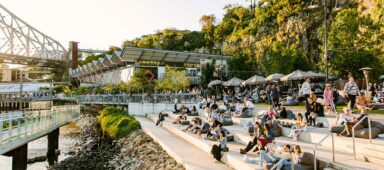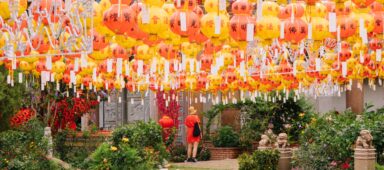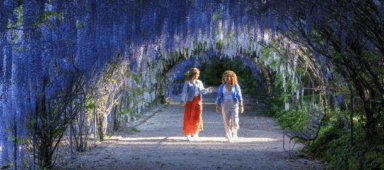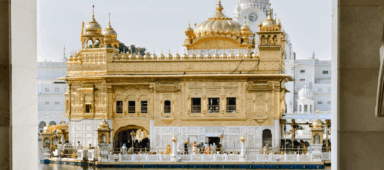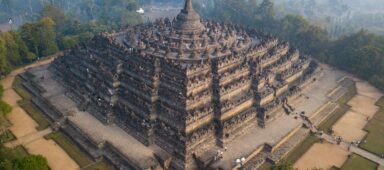Summer is here, bringing sunshine to lush peninsulas, ancient relics and vibrant city life in Vietnam’s most liveable city
Glossy on the surface but rich in depth, first impressions of Da Nang can be deceiving. Located on Vietnam’s central coast, this mini seaside metropolis features incandescent bridges that contrast with fine dining restaurants and modern galleries, while polished skyscrapers tower over hipster cafés and lively beach bars. Yet behind the glamour lie historical remnants spanning centuries, including pre-colonial forts, redolent cave temples and relics of an ancient civilisation.
Come prepared: summer in Da Nang is hotter than a puff from the city’s fire-breathing dragon (yes, this really is a thing). But unlike Hanoi and Ho Chi Minh City, Da Nang benefits from a near-constant coastal breeze – and a refreshing dip in the sea is never more than a short taxi ride away. Here’s how to spend three days unearthing the city’s layered history while making the most of its sun-drenched shores – without overheating.
Day 1: City slick
Morning. Start the day with an early morning stroll along Da Nang’s broad seaside boulevard, where courting couples gaze out to sea and sprightly mums move to the beat in aerobics classes. Begin in front of the biophilic Chicland Hotel, designed by award-winning Ho Chi Minh City-based architect Võ Trong Nghĩa in 2019, then head south and meander through palm-fringed parks, sea-facing plazas and outdoor gyms.

When it’s time for a cuppa, venture inland to Roost Coffee Roasters, set within a repurposed modernist house with a lush garden. Then call a Grab and cross the river to the Da Nang Fine Arts Museum, a tranquil (and air-conditioned) retreat showcasing softly lit displays from some of central Vietnam’s most notable artists.
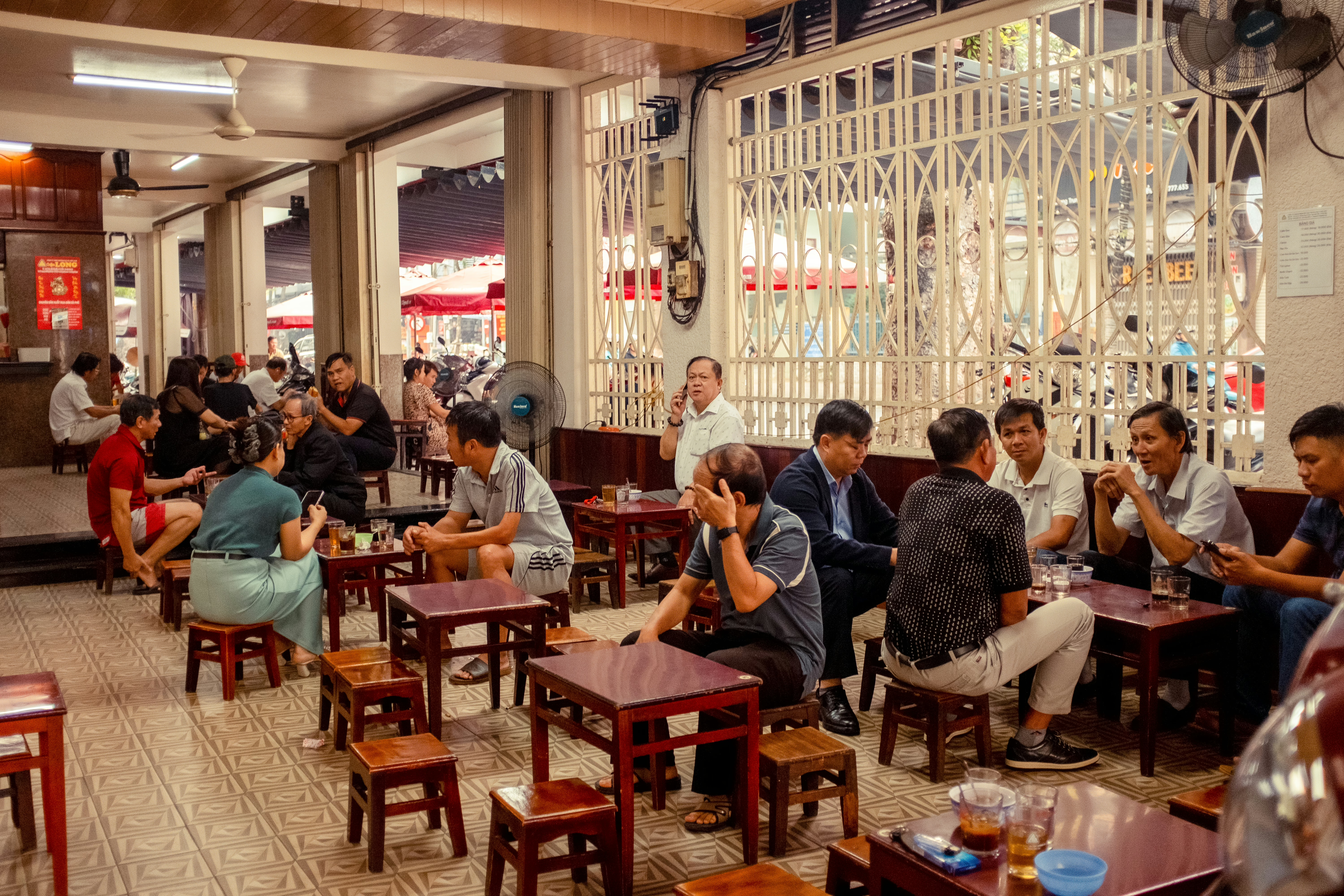
Afternoon. Enjoy lunch in the chic dining room of Luk Lak, where the menu highlights lesser-known Vietnamese dishes from the country’s mountainous subregions, such as grilled chicken with sticky rice and pan-seared duck with pickled bamboo.
To escape the sizzling afternoon heat, retire to a nearby coffee shop: Long Coffee has been serving classic cà phê sua đá (Vietnamese iced coffee with condensed milk) for decades, while Ala Café is a quirky spot offering iced lattes and rooftop seating.
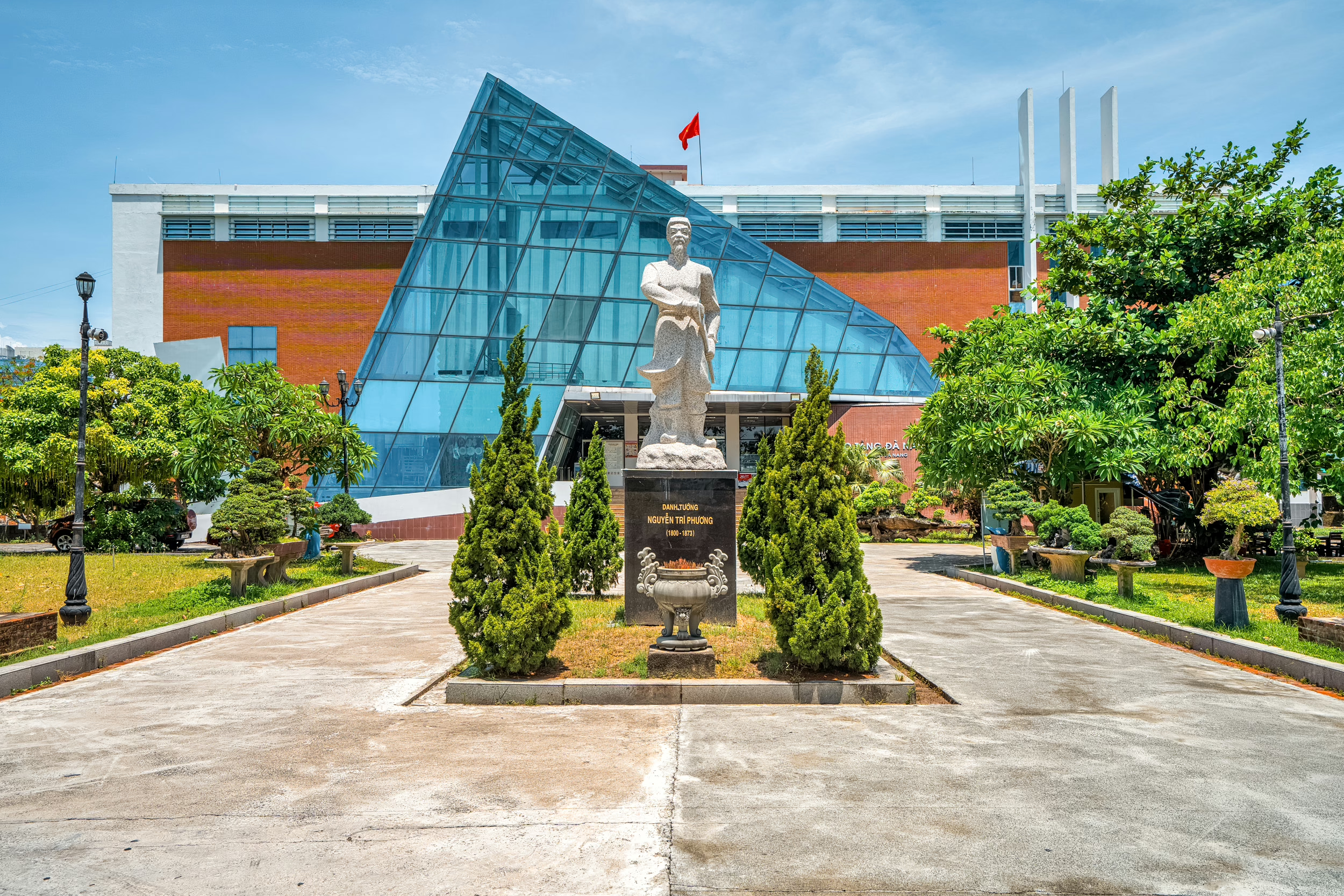
As the city cools, visit the nearby Dien Hai Citadel, a fascinating remnant from the pre-colonial era. Originally built in 1813 by King Gia Long of the Nguyen Dynasty (1802–1945), the moated fort played a key role in repelling France’s first attacks on Vietnam in the mid-19th century.
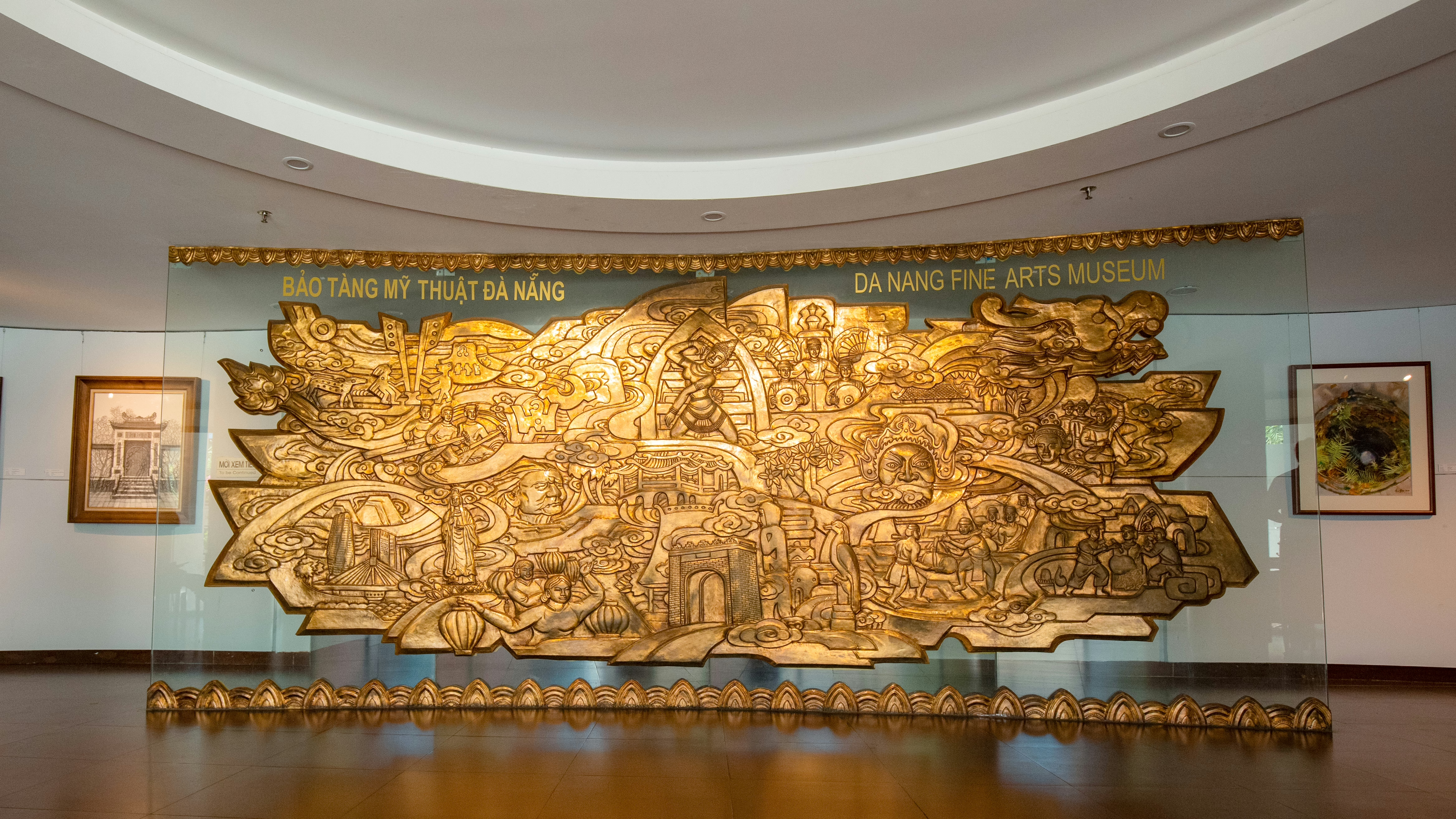
Evening. Amble a block east to the Han River, where a dazzling sequence of cantilever bridges stretches across the water. Start at the west bank of the Han Bridge, then stroll south towards Da Nang’s iconic Dragon Bridge, which shimmers with colour after dark. Completed in 2013 and modelled on a Lý Dynasty (1009–1225) dragon, the bridge symbolises Da Nang’s economic fortitude. You’ll spot its golden, fire-breathing head on the opposite bank – save this spectacle for tomorrow. Before calling it a night, swing by Xi Nê Bistro & Jazz, a repurposed 1970s cinema that now hosts regular live music performances.
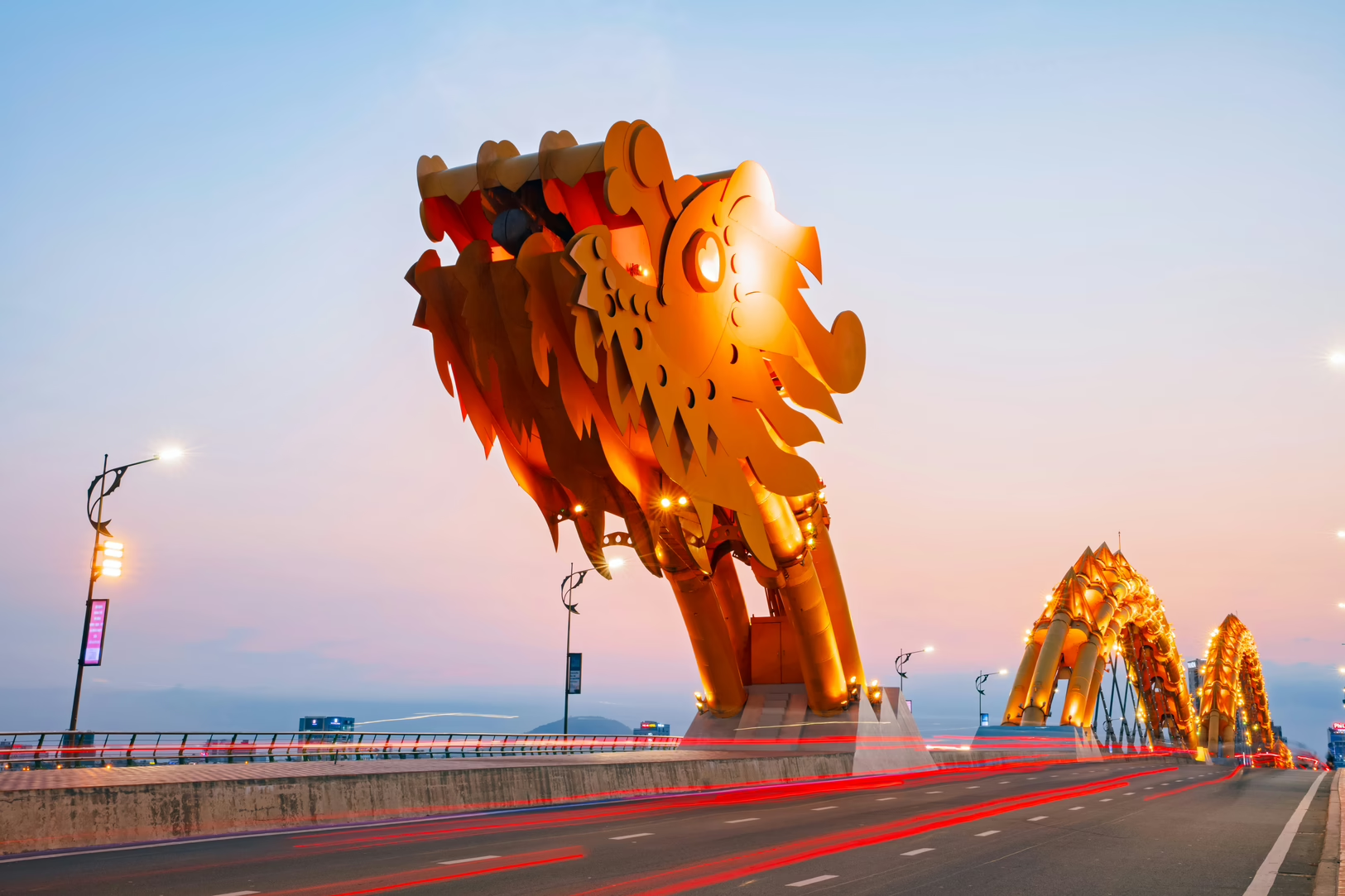
Day 2: Jolly jaunts
Morning. Book a Grab and head south to the Marble Mountains, a striking cluster of karst formations less than 10km south of the city centre. Each mountain represents one of the five East Asian elements – fire, water, earth, wood and metal – but Water Mountain boasts the largest concentration of cave temples.
The complex may feel somewhat cluttered, but it is aesthetically captivating and steeped in legend. Keep your eyes peeled for serpentine dragons, fierce ethereal warriors, hellish demons and hidden shrines carved into the rock.
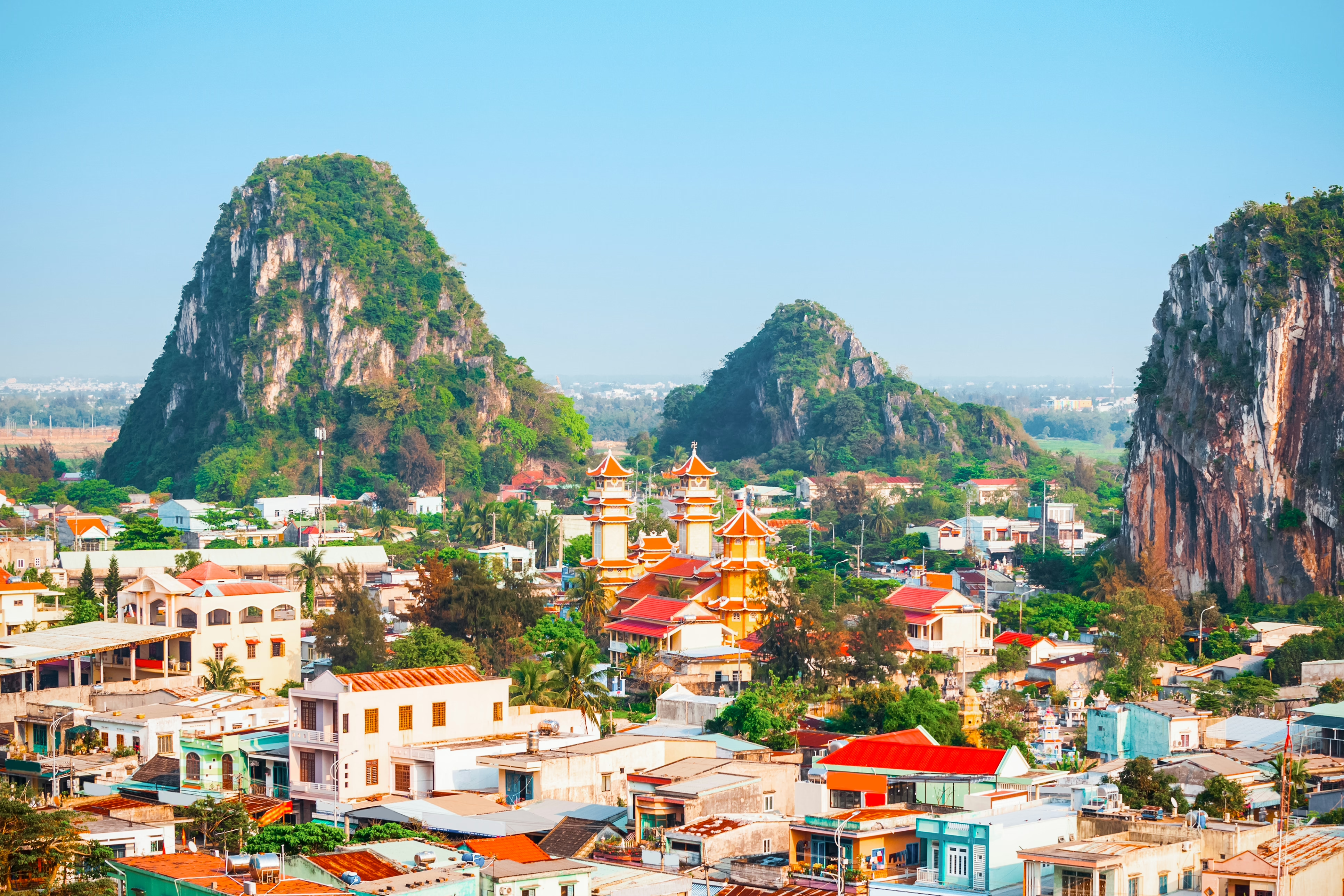
When hunger strikes, head back into the city for mì Quang at Nu Đo, founded by local Masterchef star Tuyet Pham. The restaurant serves an elevated take on Da Nang’s signature noodle dish, served with your choice of meat, seafood or fish.
Afternoon. After lunch, head north to ascend the Hai Vân Pass, where jungle-clad mountains plunge dramatically into the sea. If you’re comfortable on a motorbike, tackle the winding road yourself; otherwise, ask your hotel to arrange a car for the afternoon.
Along the route, you’ll find several cafés and scenic viewpoints, and at the peak, a recently restored 1826 fort with commanding arch-gates. On the way back to the city, stop by My Khe Beach for a refreshing dip in the sea and a fresh coconut.
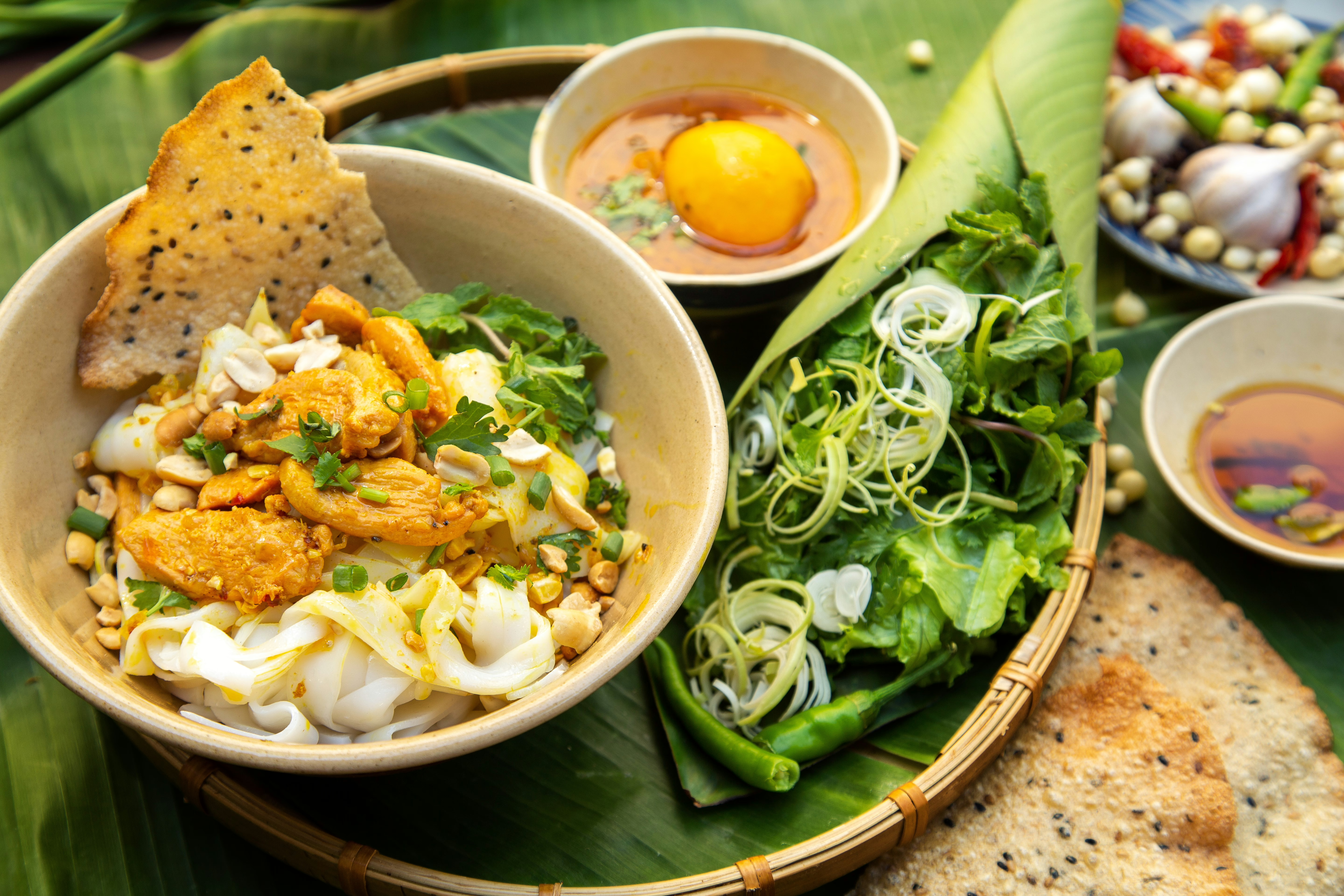
Evening. In the evening, feast on another Da Nang speciality: seafood. While the seafront is lined with seafood restaurants, they can be pricey, so venture into the backstreets for a more local experience at spots like Nhà Hàng Bien Viet or Thêm Hai San.
If you’d like to see the Dragon Bridge breathe fire, you’re now on the right side of the river. Arrive on the east side of the bridge before 9PM (Saturdays and Sundays only) and find a good spot to watch the fiery spectacle.

Day 3: Cham charm
Morning. Until the late 15th century, Da Nang was part of Champa, a network of kingdoms that once ruled the coastal plains of present-day central Vietnam. To connect with this often-overlooked history, head to My Son, located about 40km southwest of the city centre.
Champa’s civilisation was heavily influenced by India, and here you’ll find Hindu temples dating from the 4th to the 13th centuries. To beat the heat and the crowds, arrive as early as possible (the site opens at 6AM). For added context, purchase the audio guide, which you can download to your phone (remember to bring your headphones).
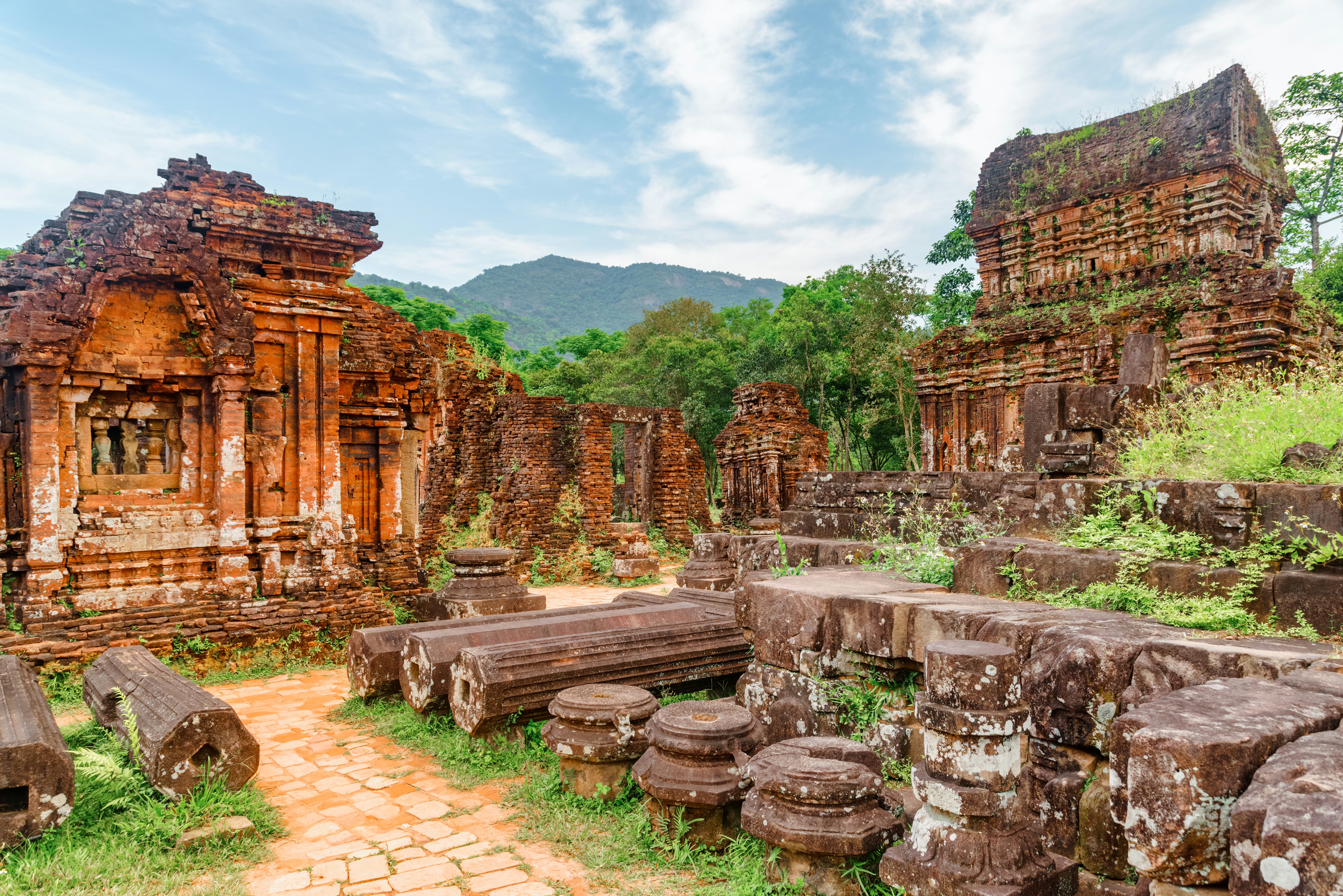
Afternoon. While My Son is Vietnam’s most significant archaeological site, Da Nang’s Museum of Cham Sculpture houses the world’s largest collection of Cham artefacts. Built in 1919, the museum still occupies its original Indochinese-style building and offers a fascinating glimpse into Cham spirituality.
Highlights include the Nataraja (Shiva’s cosmic dance of destruction) and apsaras (female celestial dancers). There’s plenty here to fill an afternoon, but if you need a pre-museum pick-me-up, stop by Nam House, a retro-style coffee shop just a block north.
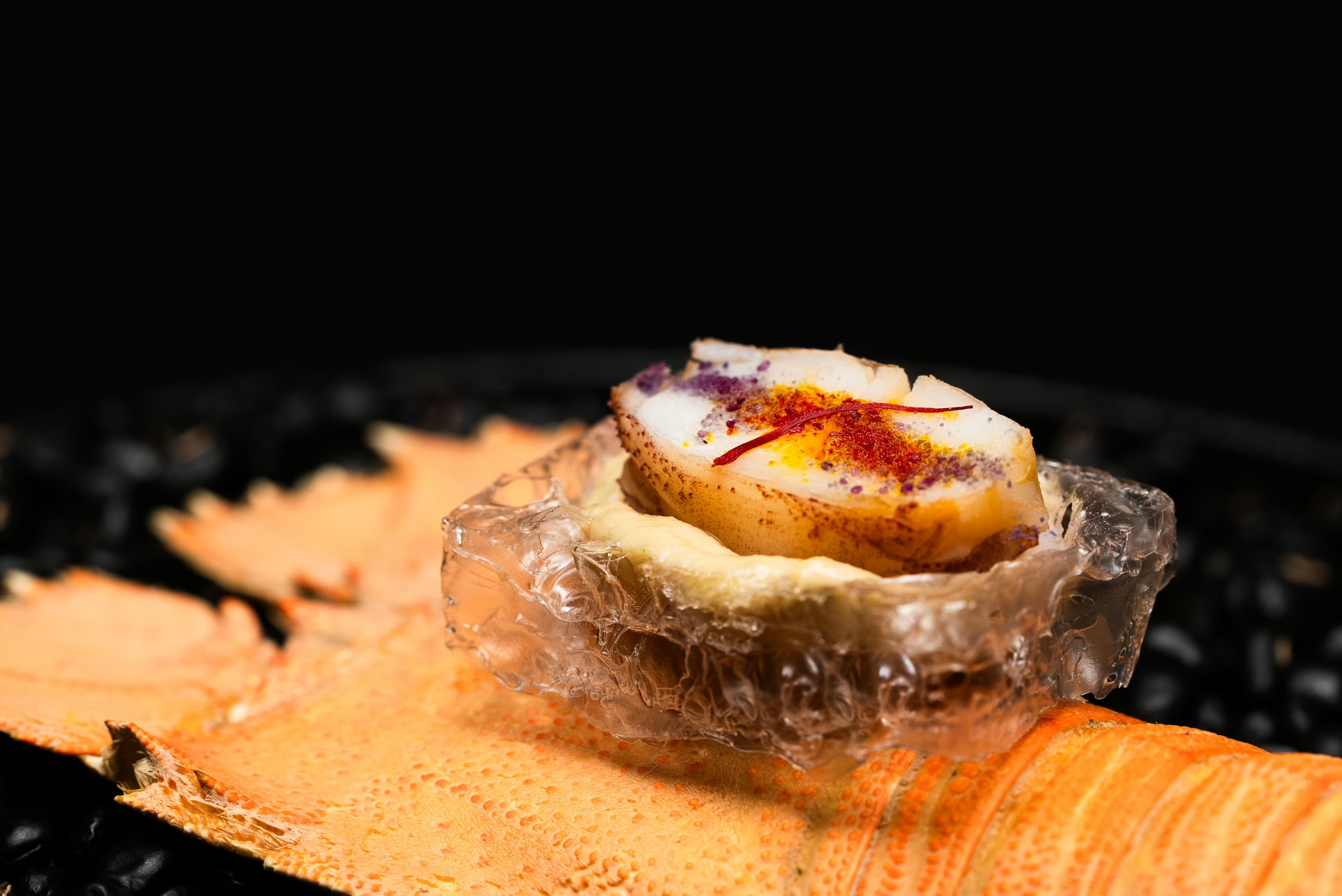
Evening. End your trip with a bang at Nén Danang, a fine dining restaurant led by chef-patron Summer Le, who tells personal stories through her creative tasting menus.
Last year, Nén earned a rare Michelin Green Star for its sustainability efforts, thanks in part to the farm next door, where Le grows fresh produce and carries out community activities with a local school. A relaxed, multi course meal here is the perfect way to reflect on your trip – and start planning your return to Da Nang.
Where to stay in Da Nang
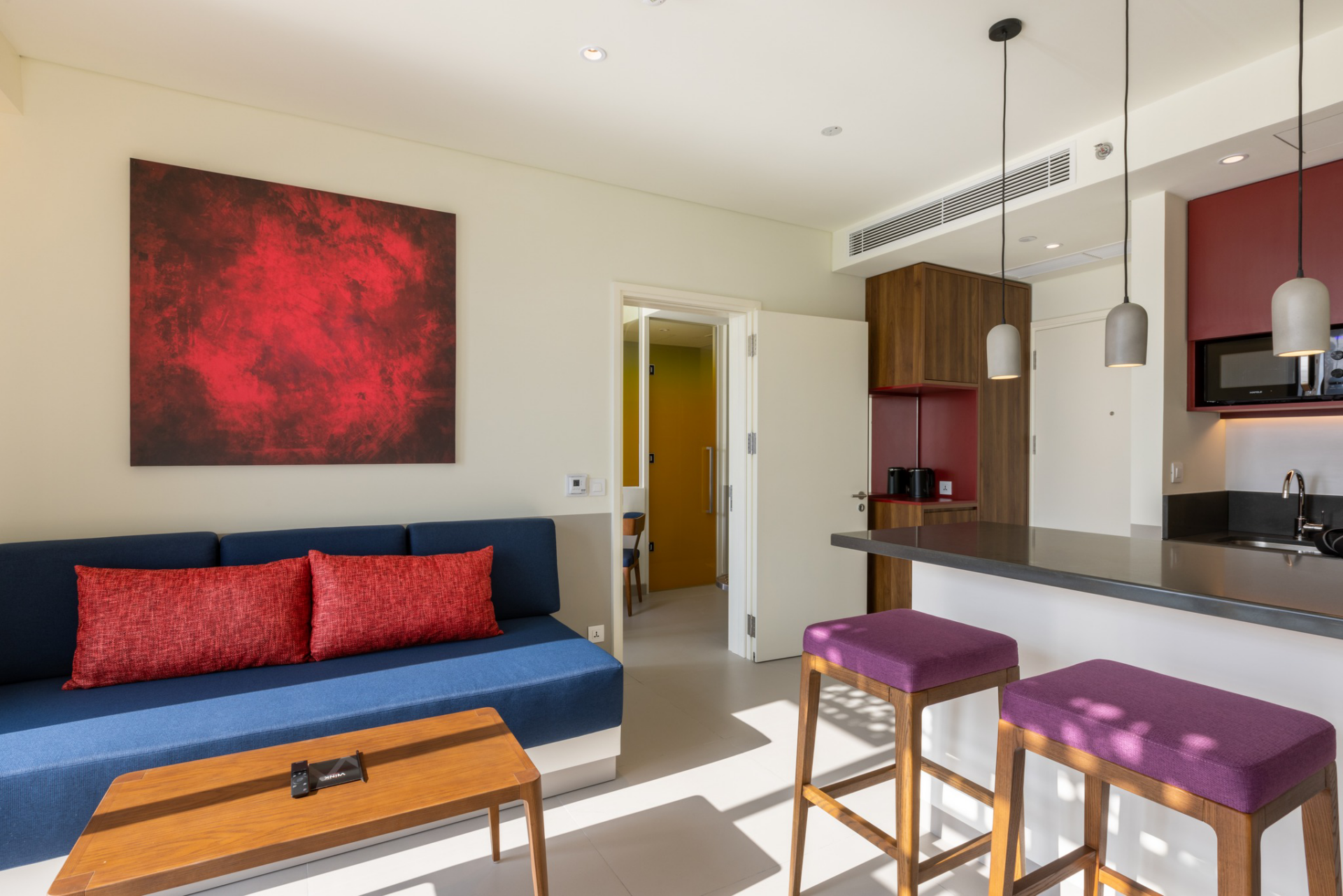
Wink Icon Danang Riverside
Building on the success of its sister hotel across the river, this newer Wink exudes hip holiday vibes, designed with millennial and Gen Z travellers in mind. Highlights include a rooftop swimming pool, a 24/7 gym and three floors of bars and restaurants.
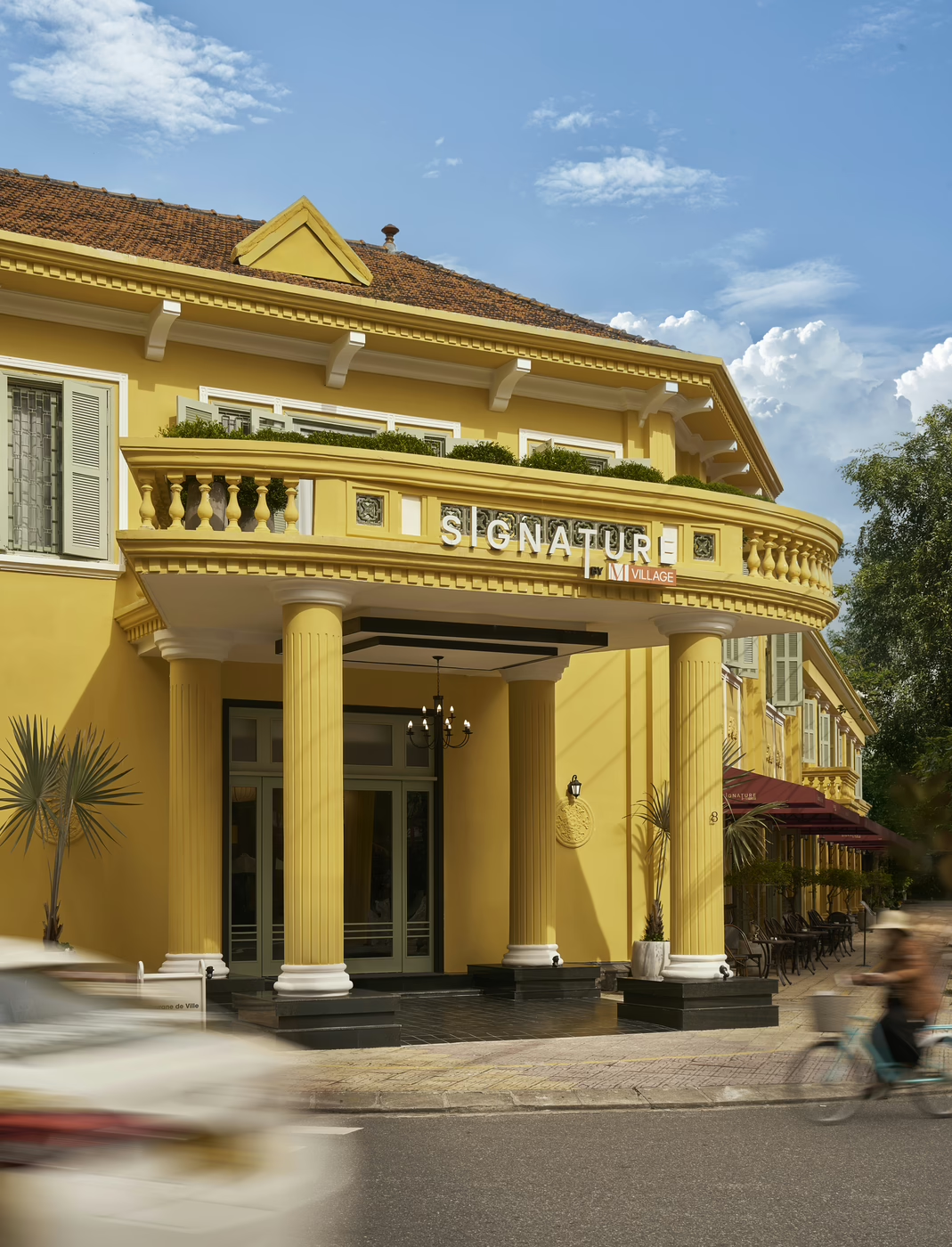
Signature by M Village Da Nang Heritage
Heritage hotels are a rarity in Vietnam, making this newly opened, beautifully restored, century-old colonial building a delightful find. Even better, it’s just a short stroll from the citadel, art museum and Han River.
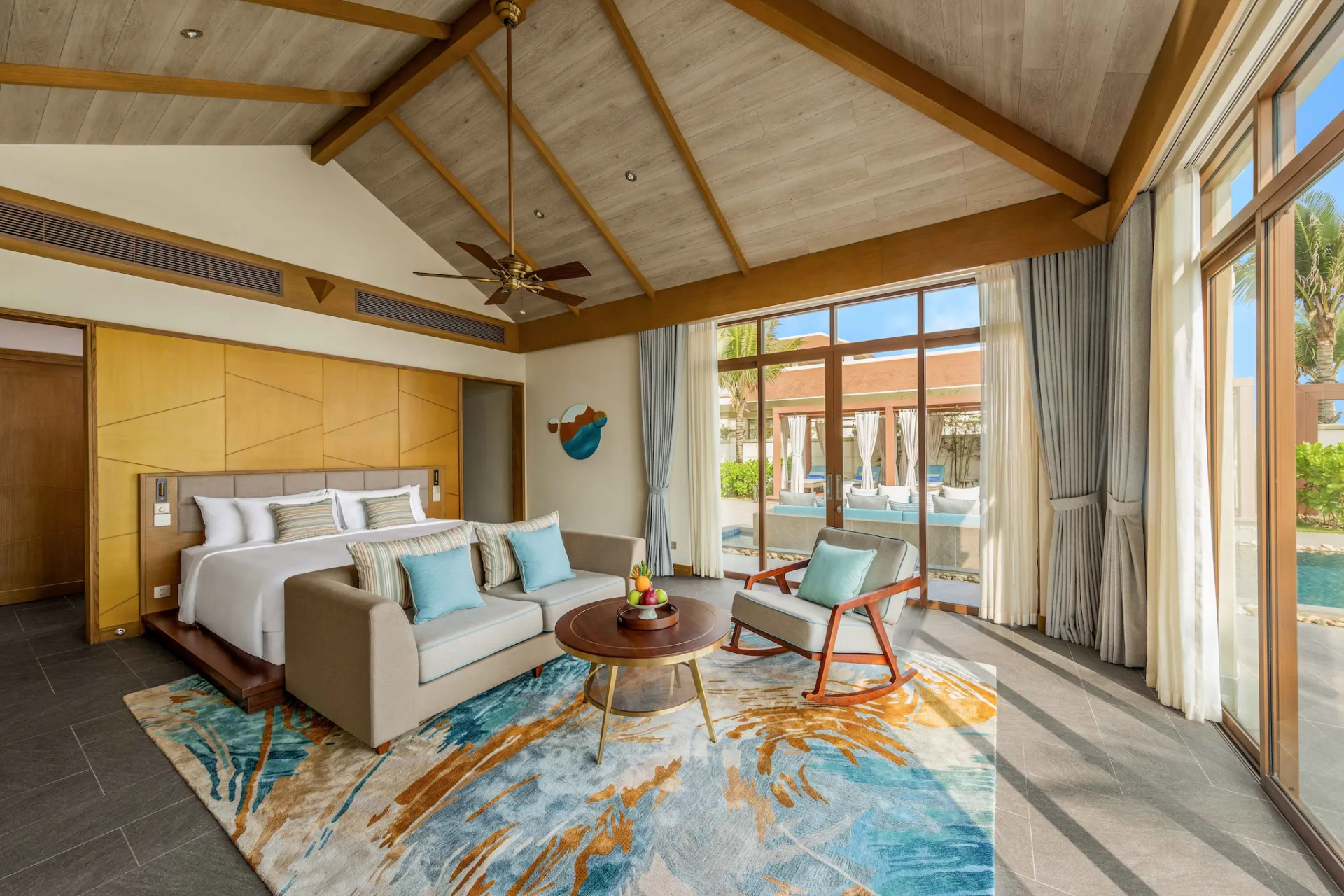
Fusion Resort & Villas
Fusion’s new flagship property graces Da Nang’s sweeping coastline, just 13km south of the city centre. Offering luxurious beachside villas, it’s the perfect blend of a city break and seaside escape.
